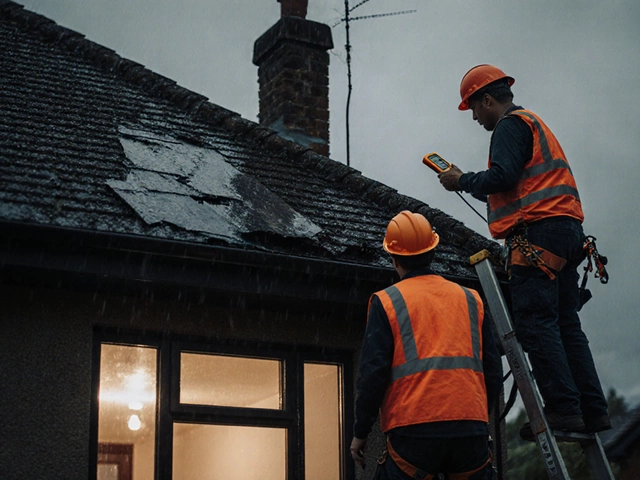Coverage in Construction: What It Means and Why It Matters
When you hear coverage, the extent to which a material or system protects a structure from damage, wear, or environmental exposure. Also known as protective layering, it’s not just about covering surfaces—it’s about ensuring long-term performance under stress, weather, and time. In construction, coverage isn’t optional. It’s the difference between a building that lasts 50 years and one that starts failing in five. Think of it like a shield. Galvanized wire, for example, isn’t just metal twisted into coils—it’s steel coated in zinc to resist rust. That zinc layer? That’s coverage. Without it, moisture eats through the wire, and your fence, reinforcement, or mesh fails. It’s not glamorous, but it’s the quiet hero behind every safe structure.
Good coverage shows up in places you don’t always notice. In foundation repair, it’s the waterproof membrane under the slab. In commercial buildings, it’s the fire-rated drywall separating units. In new builds, it’s the vapor barrier behind the siding. Each of these layers does one thing: blocks what shouldn’t get in. Moisture. Heat. Fire. Corrosion. And when coverage fails, the damage isn’t cosmetic—it’s structural. That’s why the building codes, official rules that set minimum safety and performance standards for construction. Also known as construction regulations, they demand specific coverage levels for every material. You can’t just pick any wire for reinforcement. It has to meet ASTM standards. You can’t skip the coating on steel mesh in a concrete pour. The inspector will flag it. And if you’re fixing a cracked foundation, coverage means sealing the crack properly—not just patching it with epoxy and hoping.
What’s interesting is how coverage ties directly to cost and value. A home with proper foundation coverage—drainage, waterproofing, and reinforced steel—holds its value better. A commercial building with fire-rated walls and proper electrical conduit coverage avoids costly shutdowns. Even something as simple as using the right gauge of galvanized wire in fencing reduces replacement costs over time. Coverage isn’t a line item on a budget—it’s insurance. And like insurance, you don’t notice it until you need it. The posts below dive into real-world cases: why some foundation repairs cost more because coverage was ignored, how mixed-use buildings require layered coverage to meet fire codes, and why drilling into new walls without knowing what’s behind them can ruin years of proper coverage. You’ll see how top builders don’t cut corners on this stuff. They plan for it from day one.





